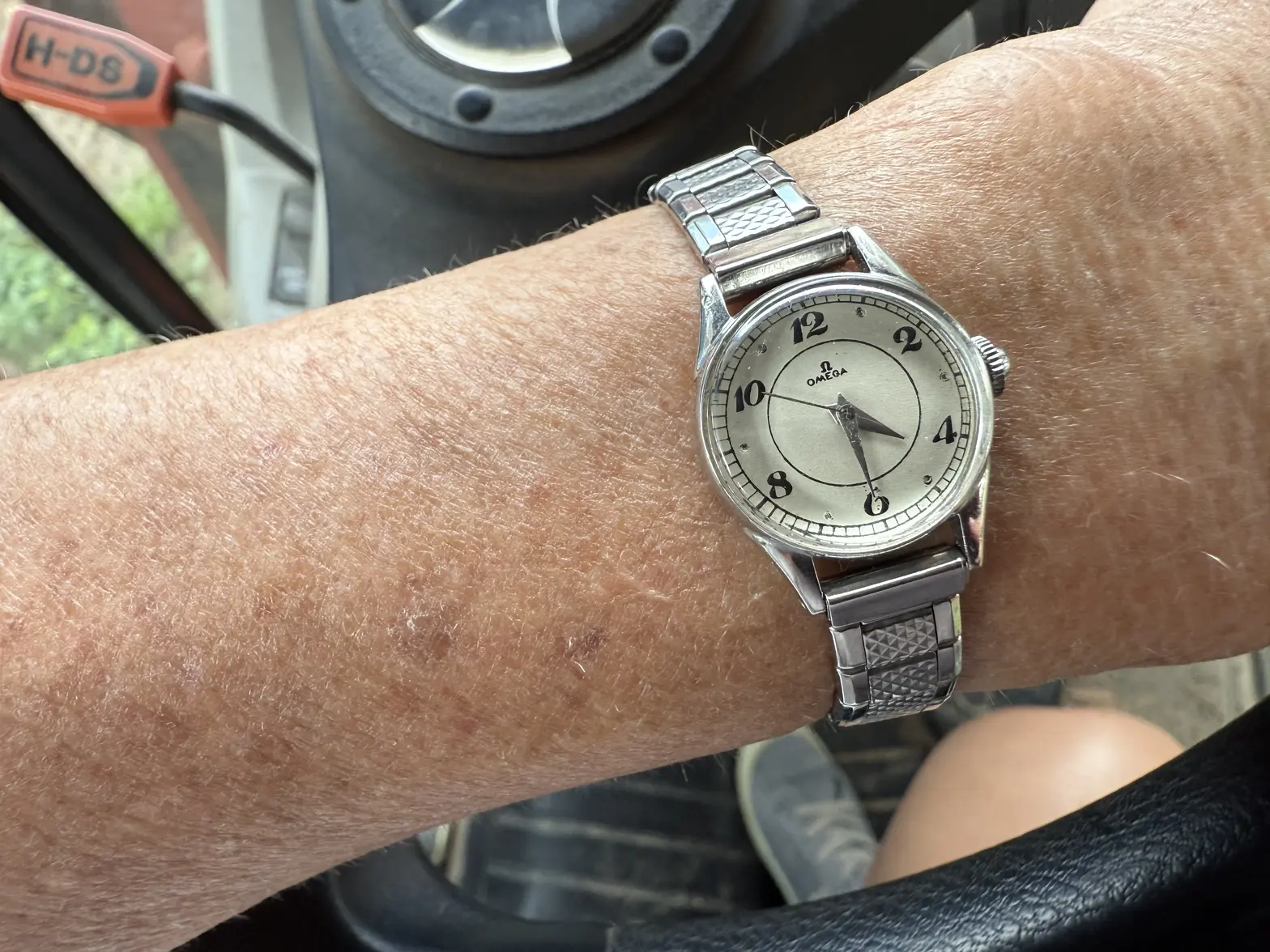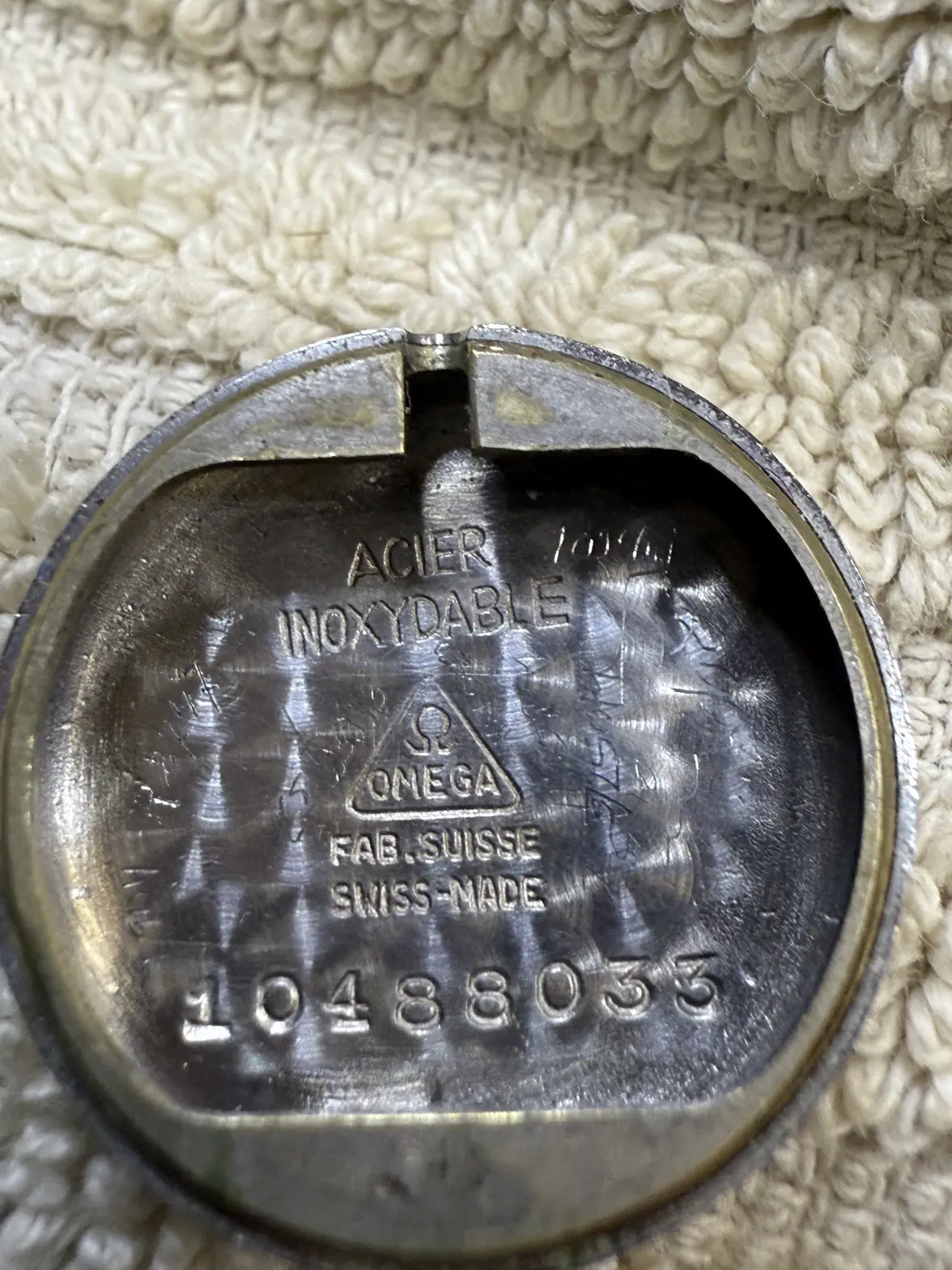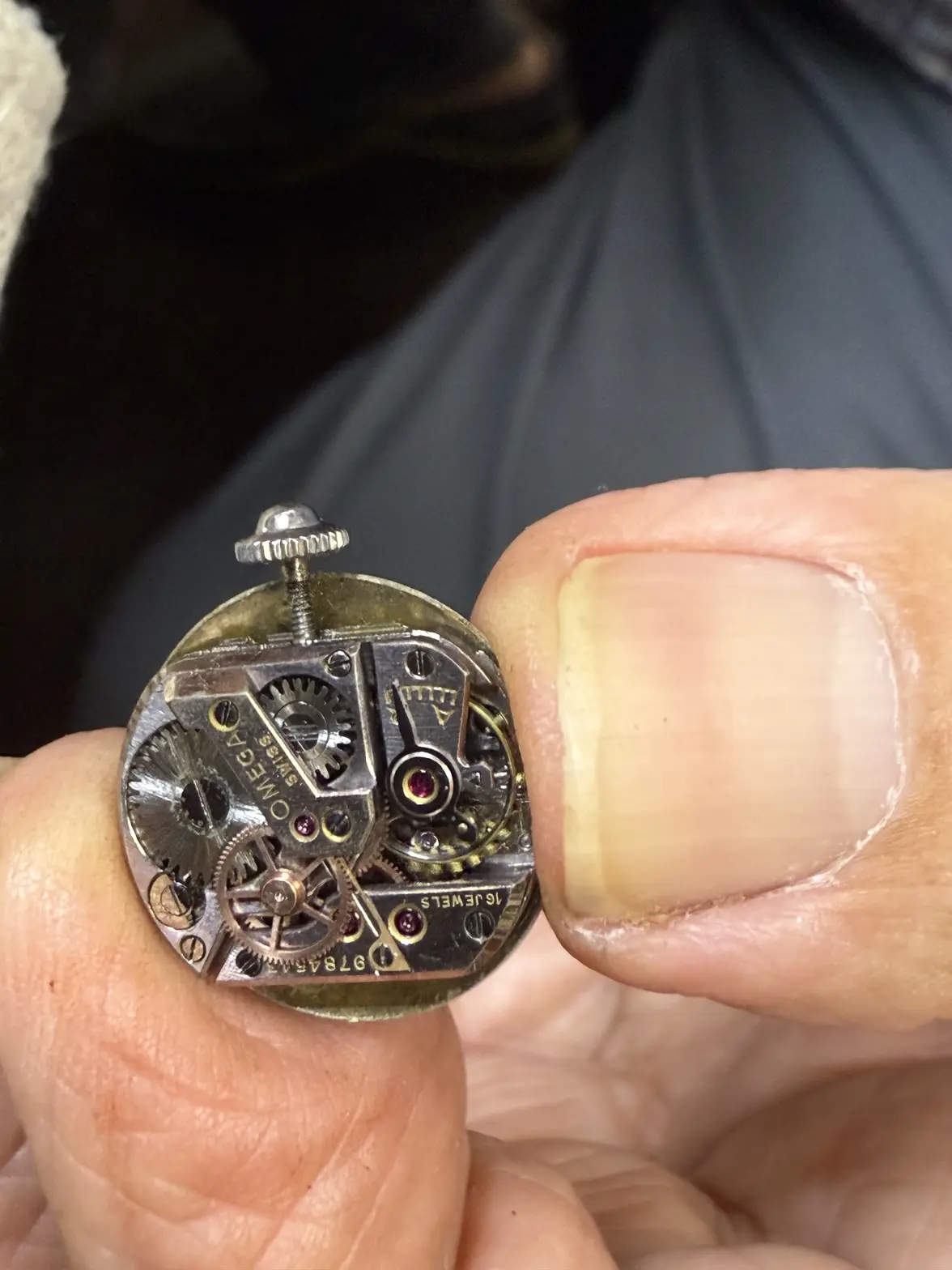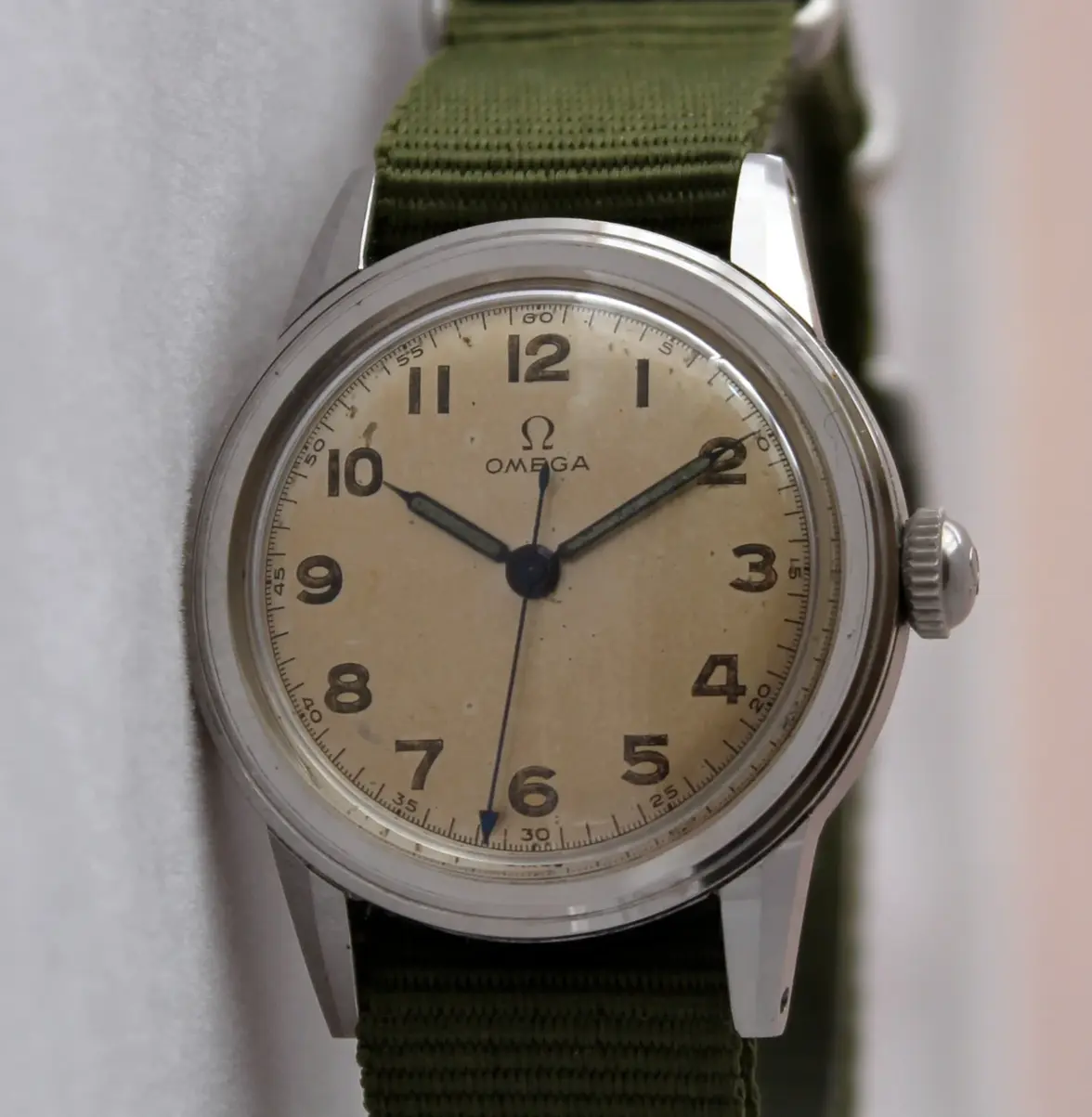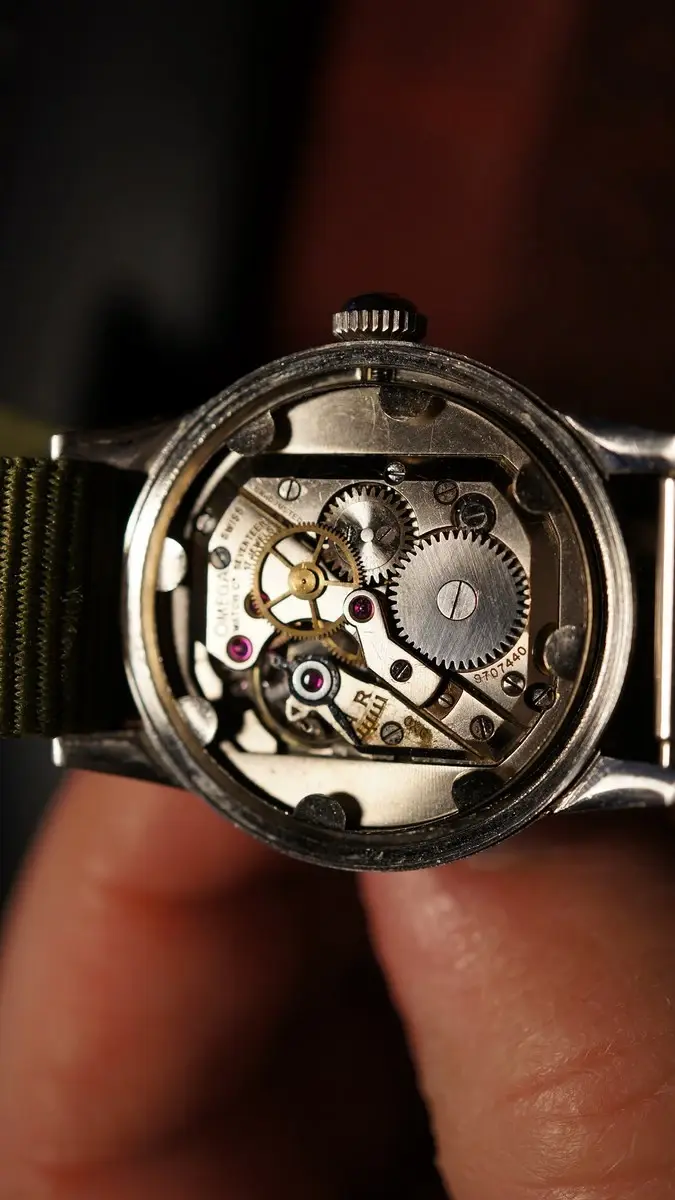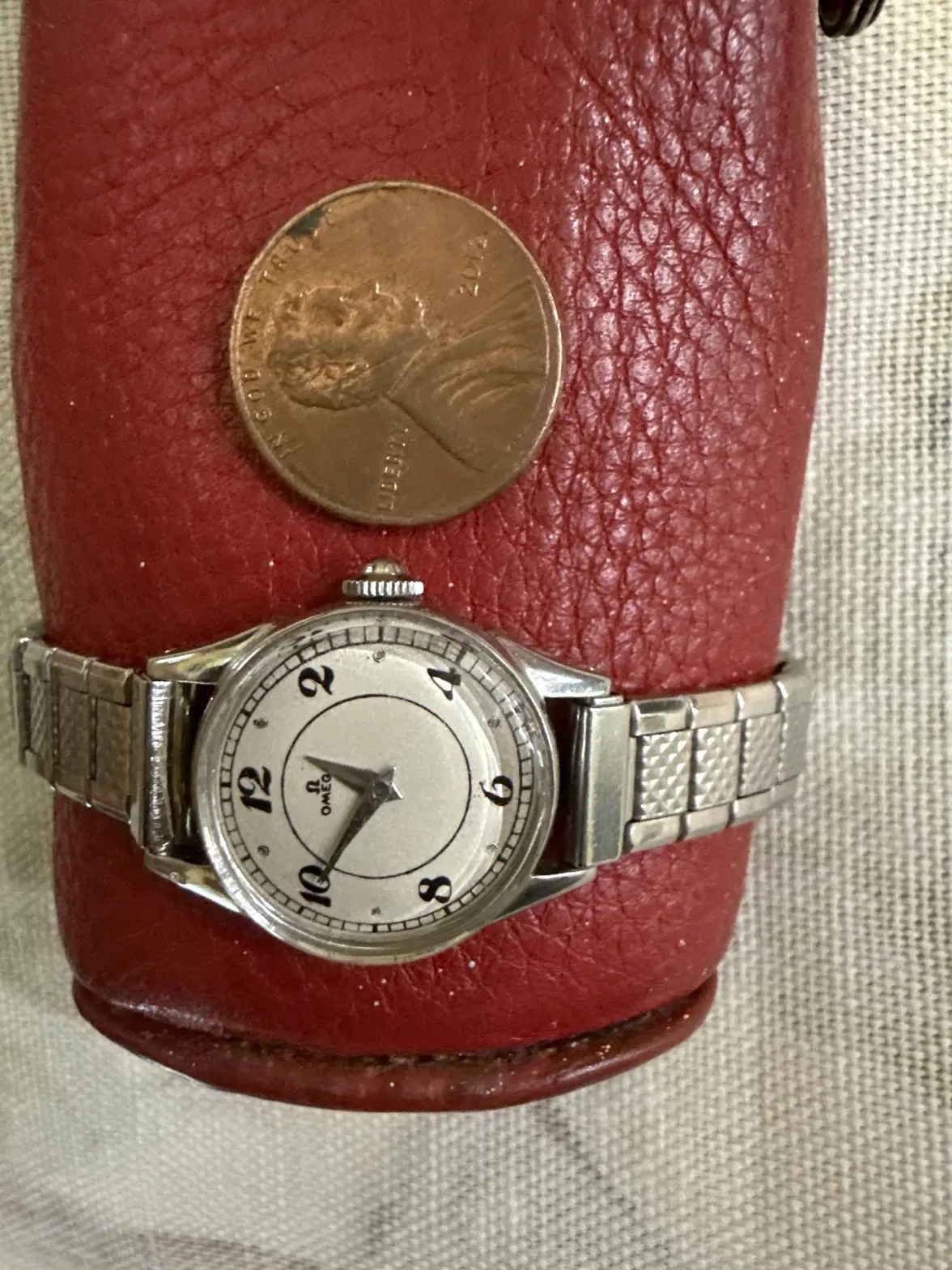gottahavit
·I am admittedly getting a little granular here, but as the family vintage collection of Omegas is approaching 20, I decided to keep a book with serial numbers and info about movements in each watch. I am hoping to end up with some knowledge to be a better collector! This plain little watch came with a COA and nothing else. The serial numbers on the movement indicate 1939 to me, but do not match what looks to also be a serial number on the case back which shows on the charts as 1944. I don’t see any number that looks like a movement number, only 16 jewels. Does anyone know what movement it is? Is it odd that the case and movement numbers are different? Thanks!
